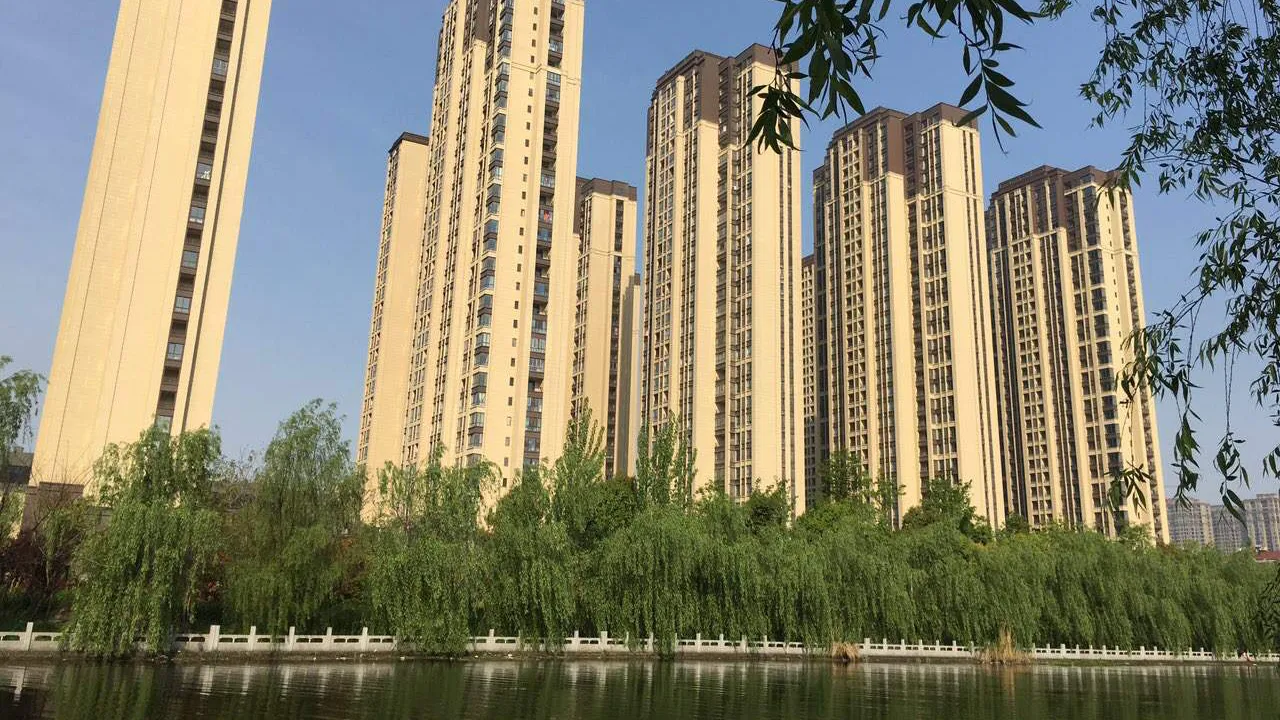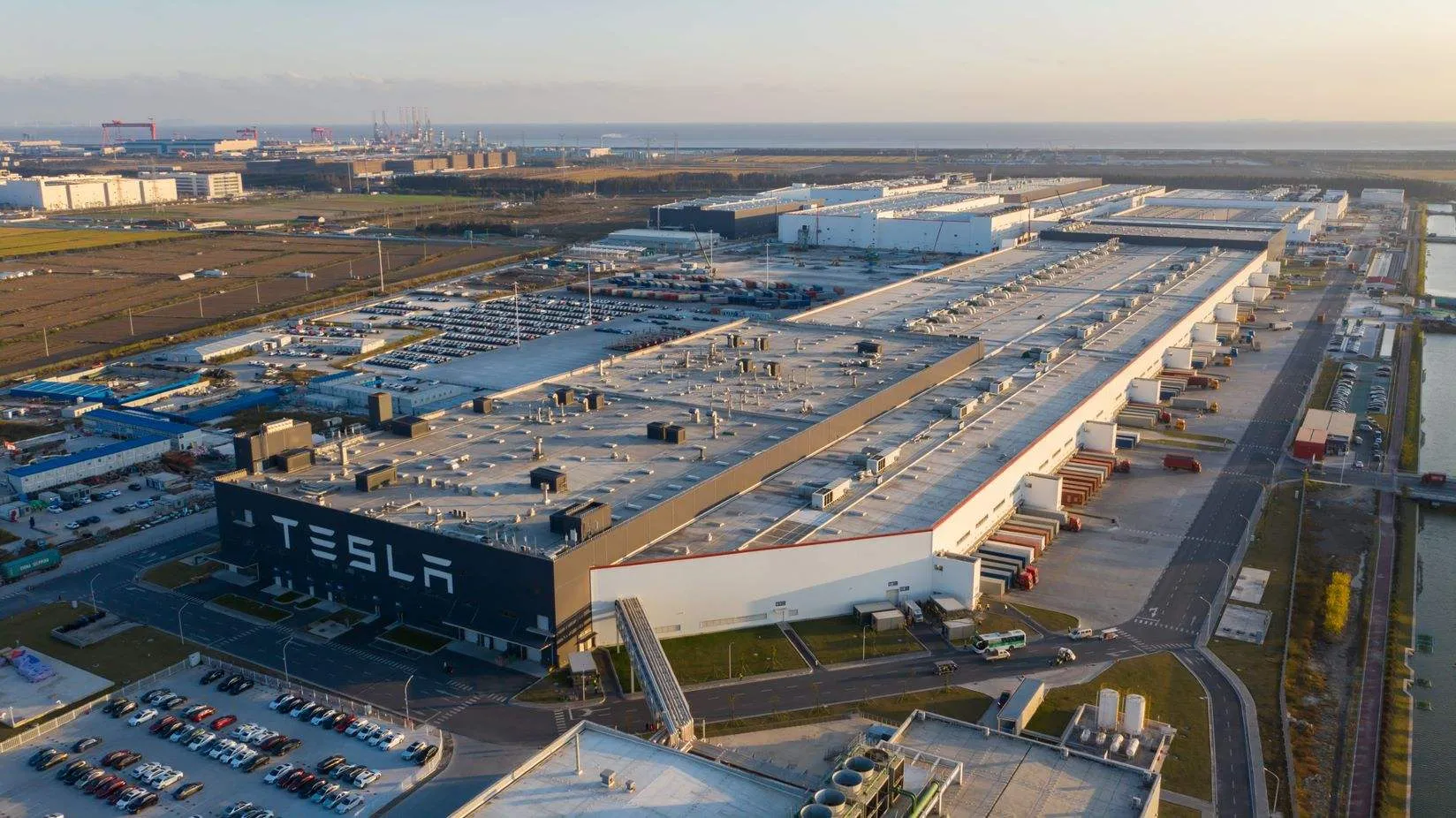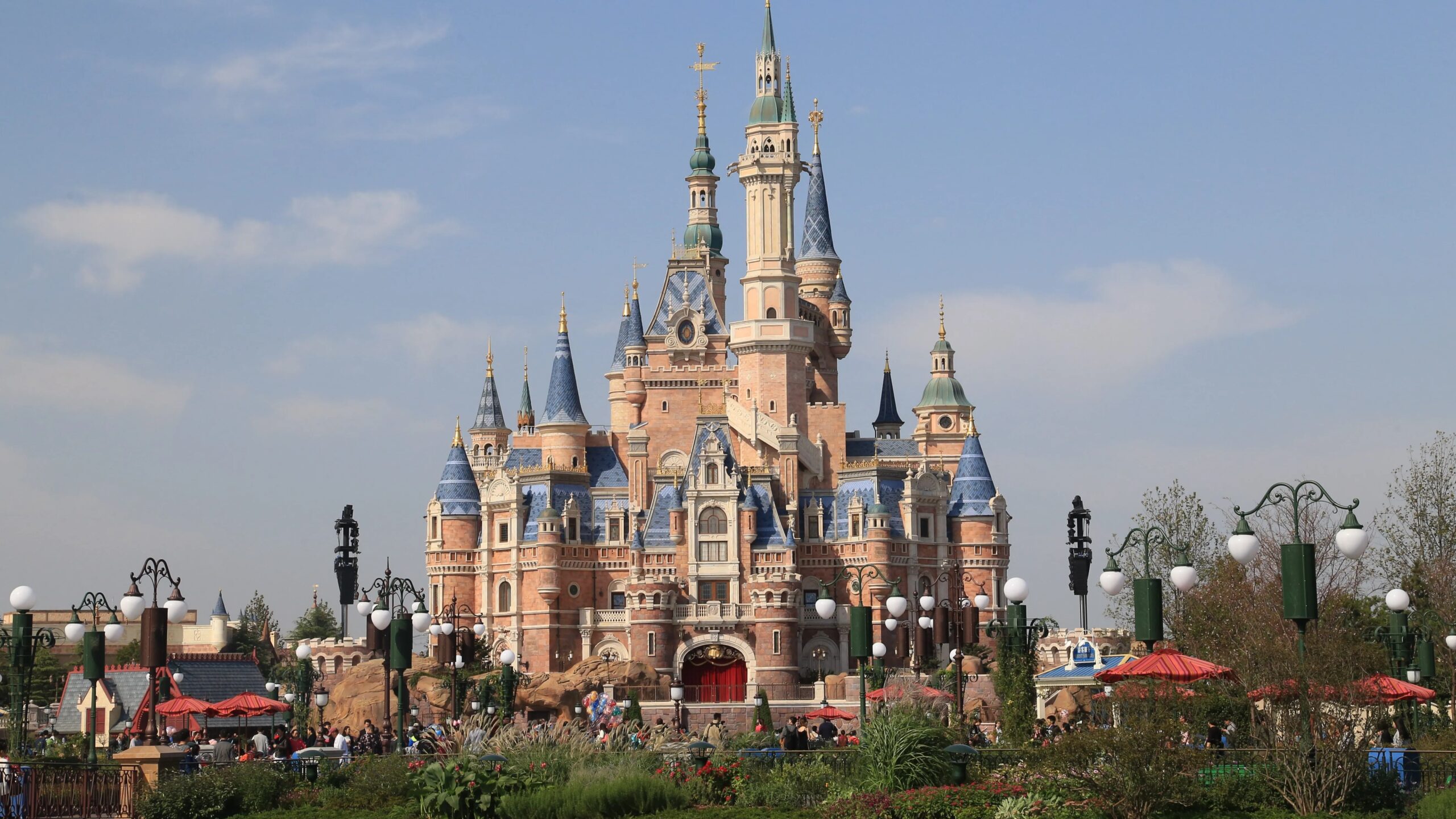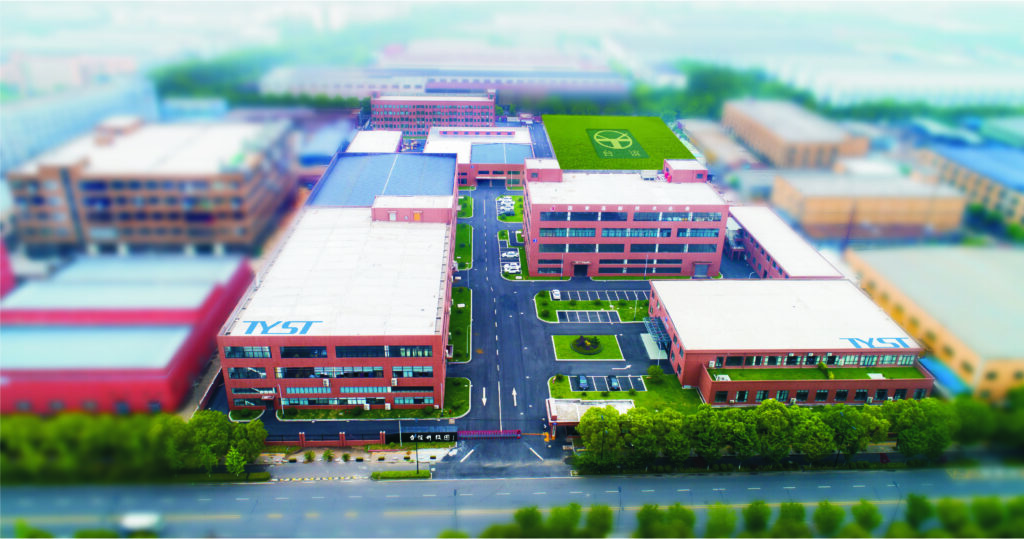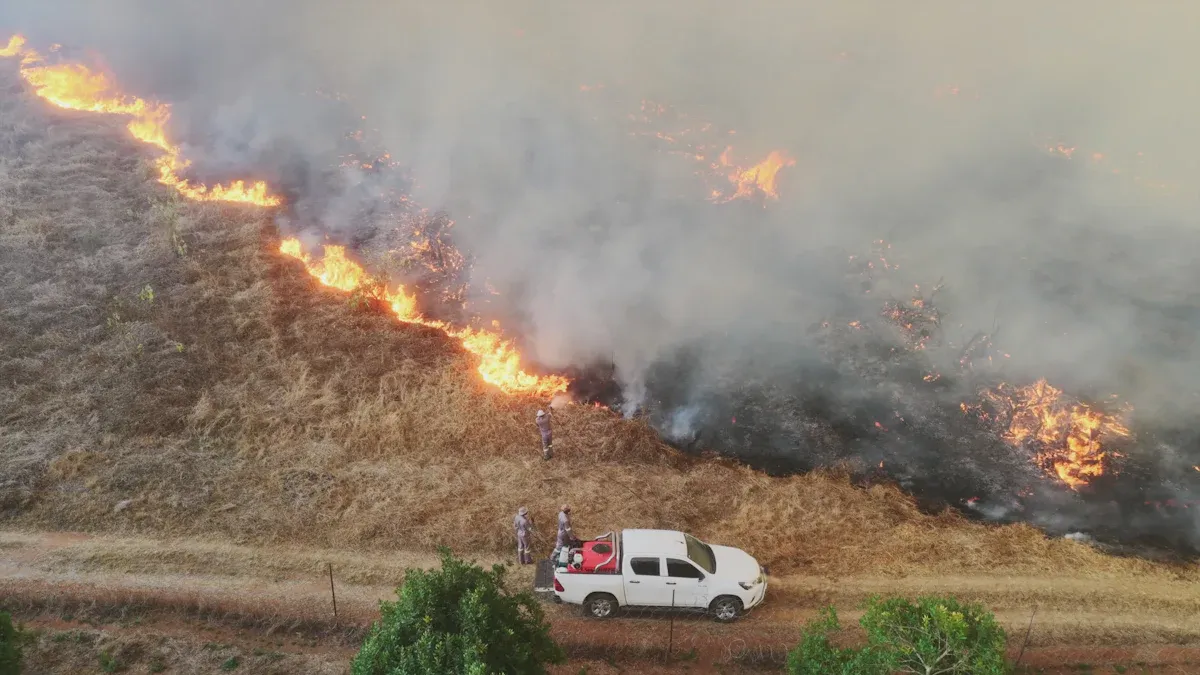
You can enhance African Heritage Site Protection by implementing advanced Remote Site Fire Safety solutions and actively engaging local communities. Historic sites such as the Tombs of the Buganda Kings at Kasubi and the Abomey Palaces have suffered devastating losses due to fire. Factors like dry weather and human activities increase the frequency and severity of these incidents, making fire prevention and response even more challenging. The table below highlights common sources of fire outbreaks:
Fire Origin | Description |
|---|---|
Annual savannah clearing | Fires primarily caused by land management activities. |
Agriculture fires | Fires that originate from farming operations. |
Climate change and deforestation further intensify fire risks. To ensure effective African Heritage Site Protection, it is essential to deploy robust Remote Site Fire Safety systems and provide comprehensive education and training. These measures are key to safeguarding Africa’s invaluable cultural landmarks from fire hazards.
Key Takeaways
It is very important to keep African heritage sites safe from fire. These places have special history and can be destroyed very fast.
It is important for the community to help. People should join local fire safety groups. This helps them find dangers and know what to do in emergencies.
Use new fire detection systems. Smart alarms and wireless sensors can warn you about fires fast, even if the place is far away.
Use fire safety methods that do not change how old buildings look. These ways keep the buildings safe and still looking the same.
Check fire safety tools often. Make sure alarms and sensors work so heritage sites stay safe.
Importance of Fire Safety
Cultural Value at Risk
It is important to know why African heritage sites matter. These places hold stories and traditions from the past. They have special objects that show people’s history. Fires can destroy hundreds of years of culture very fast.
Many sites are built with wood and thatch. These materials catch fire easily.
Adding fire safety tools to these sites helps keep their history safe.
Checking for fire risks often helps find problems early. This lets people make plans to protect the sites.
Joining community fire safety groups is important. Everyone can help keep these places safe.
It is important to use fire safety but also keep the old look of the buildings. This keeps their meaning strong.
Some fires have destroyed important things and buildings:
The Tombs of Buganda Kings at Kasubi in Uganda lost its main tomb to fire. The site changed, but people still follow their traditions.
The Ahmed Baba Institute in Mali lost Islamic manuscripts in a fire. These papers were very important to Mali’s history.
Consequences of Fire Incidents
When fire happens at a heritage site, the damage is not just to buildings. It also affects the people, the land, and tourism.
Fires can kill rare plants and animals. They can ruin property and make people leave their homes.
Here are ways fire hurts heritage sites and people:
Impact Type | Description |
|---|---|
Increased Fire Frequency | Burnt land in Fynbos has grown a lot since the 1980s. |
Economic Losses | Damage to buildings and property has cost millions of Rands. |
Biodiversity Loss | Fires have destroyed special places and local animals. |
Social Costs | People have died or had to move because of wildfires. |
Tourism Impact | Fewer people visit when nature and animals are gone. |
You can help lower these risks by supporting African Heritage Site Protection and using Remote Site Fire Safety solutions. When you help, you keep history safe and support local people.
Remote Site Fire Safety Challenges
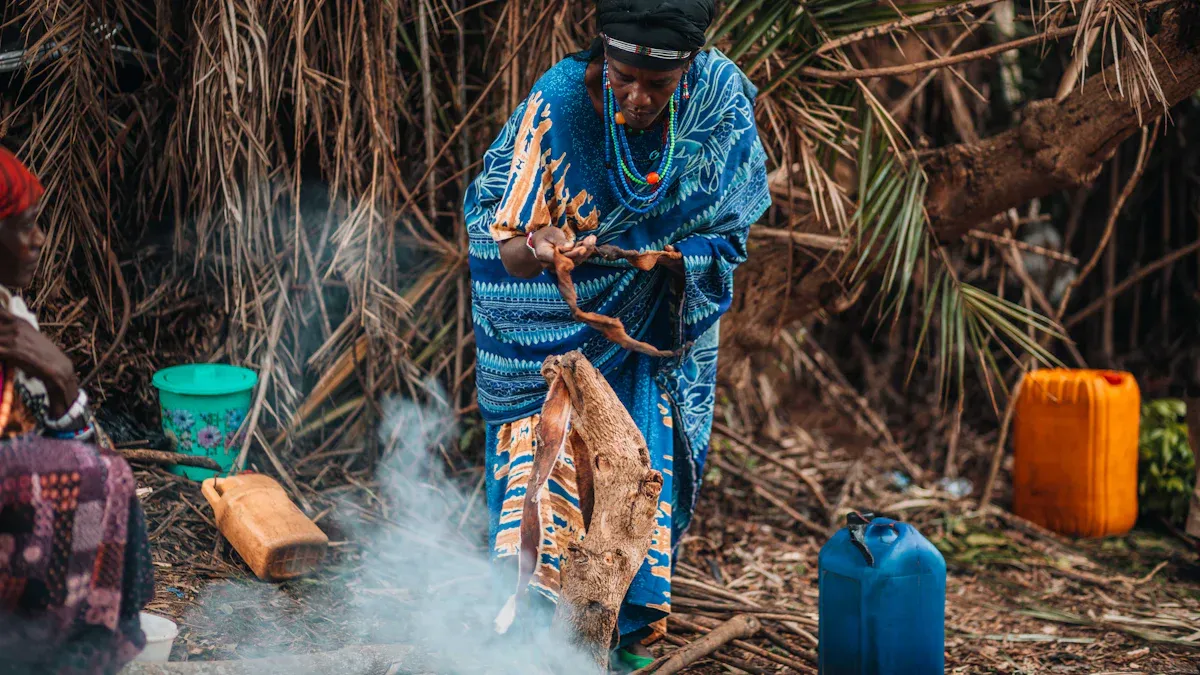
Limited Access and Resources
Remote African heritage sites have big fire safety problems. Many are far from cities or towns. Roads are often rough or missing. Firefighters cannot get there fast. This makes it hard to keep these places safe.
Here is a table that lists some main problems:
Challenge Description | Impact on Fire Safety Implementation |
|---|---|
Limited availability of accessible first aid supplies | Cultural heritage buildings may not have adequate first aid supplies, affecting emergency response capabilities. |
Lack of Comprehensive Risk Assessment | Conducting thorough risk assessments is complex and requires expertise and resources, which may be limited. |
Limited Fire Protection Measures | Historical sites often lack modern fire protection measures, making it difficult to ensure safety without compromising authenticity. |
Accessibility for Firefighters | Limited access points and challenging layouts can impede firefighters’ response, delaying intervention. |
These problems make Remote Site Fire Safety harder. Many sites do not have enough first aid kits. Some do not have fire alarms or sprinklers. It is hard to check all the risks. There are not enough experts or money. These issues show why African Heritage Site Protection needs special help.
Environmental and Human Factors
You also need to think about the environment and what people do. Some natural things make fires more likely. For example:
People sometimes cause fires, especially in dry times.
The two main dry seasons have more fires.
Hotter weather makes plants burn easier.
Drought makes plants dry, so fires start and spread faster.
People sometimes start fires by accident when clearing land or burning trash. Dry weather and wind can make small fires grow fast. You need to watch for these risks all year, but more in dry seasons.
Because of these problems, you should support community fire management. Local people can help spot dangers early. Training and plans help everyone know what to do if a fire starts. Working together makes Remote Site Fire Safety and African Heritage Site Protection stronger.
African Heritage Site Protection Strategies
Community Engagement and Education
You help protect heritage sites from fire. Joining community fire programs keeps history safe. In South Ethiopia, people work together in the Community-Based Forest Fire Management Program. You can use Local Level Land Use Planning and Controlled Burning. These steps help balance your needs and conservation. They also lower fire risks.
Learning about fire safety helps you make a difference. Early fire detection works best when everyone knows what to do. If you see smoke or fire, you can act fast. Your help is important in remote places where firefighters may be late. You should work with local fire departments to make emergency plans. Training teaches you how to use fire alarms and what to do in emergencies. You can give staff jobs, like saving important objects during a fire. When you know your role, you help protect African Heritage Sites.
Tip: You can set up fire safety workshops for your community. These workshops teach you to spot fire risks and use fire extinguishers.
Advanced Fire Detection and Alarm Systems by Tyee
You need good fire detection to keep heritage sites safe. Tyee has smart fire alarm systems that find fires early. These systems use sensors to detect smoke and heat quickly. You can put wireless detectors in old buildings easily. Tyee’s controllers let you watch your site from one place. You get alerts on your phone or computer, so you can act fast.
Tyee’s solutions work well in Africa. In one project, Tyee and Weihai International put fire alarm and evacuation systems in a heritage site. The system helped staff act quickly in emergencies. You can trust Tyee’s products to improve Remote Site Fire Safety and protect your site.
Smart sensors lower false alarms and give accurate warnings.
Wireless systems are easy to install and do not harm old buildings.
Central control lets you manage fire safety from anywhere.
Emergency Lighting and Evacuation Indication System
You need clear escape routes during a fire. Emergency lighting helps you see in dark or smoky places. Tyee’s Emergency Lighting and Evacuation Indication System guides you to safety. The system uses smart exit signs that change direction if there is a fire. You can follow these signs to stay safe.
Emergency lighting is needed by law to show exits. This helps visitors who do not know the building well. If you have trouble moving or seeing, bright lights and clear signs help you find the way out. Tyee’s system uses strong LED lights and smart guidance. You can watch the system all day and get alerts if something is wrong.
Emergency lighting helps you see in emergencies.
Smart exit signs change to guide you safely.
Central monitoring helps you keep the system working.
Non-Invasive Solutions for Historic Structures
You must keep historic buildings looking good while making them safer. Non-invasive solutions help you do this. You can use fire-retardant coatings on wood and other materials. These coatings slow down fire and stop it from spreading fast. You can also put in wireless detection devices and aspirating smoke detection systems. These systems fit in and do not change how the building looks.
You can pick hidden suppression systems, like micro-sprinklers or mist-based systems. These methods protect delicate objects and do not cause water damage. Concealed piping and hidden devices keep your site looking real. You can use these ideas to improve African Heritage Site Protection without hurting the building.
Strategy | Benefit |
|---|---|
Concealed piping | Blends with architecture, so it does not stand out. |
Discreet detection devices | Keeps the building’s old look while staying safe. |
Alternative suppression methods | Protects delicate things without using too much water. |
Non-invasive fire safety technologies keep historic sites safe and looking good. Tyee’s solutions help you mix safety and preservation for Remote Site Fire Safety.
Technology and Innovation in Remote Site Fire Safety
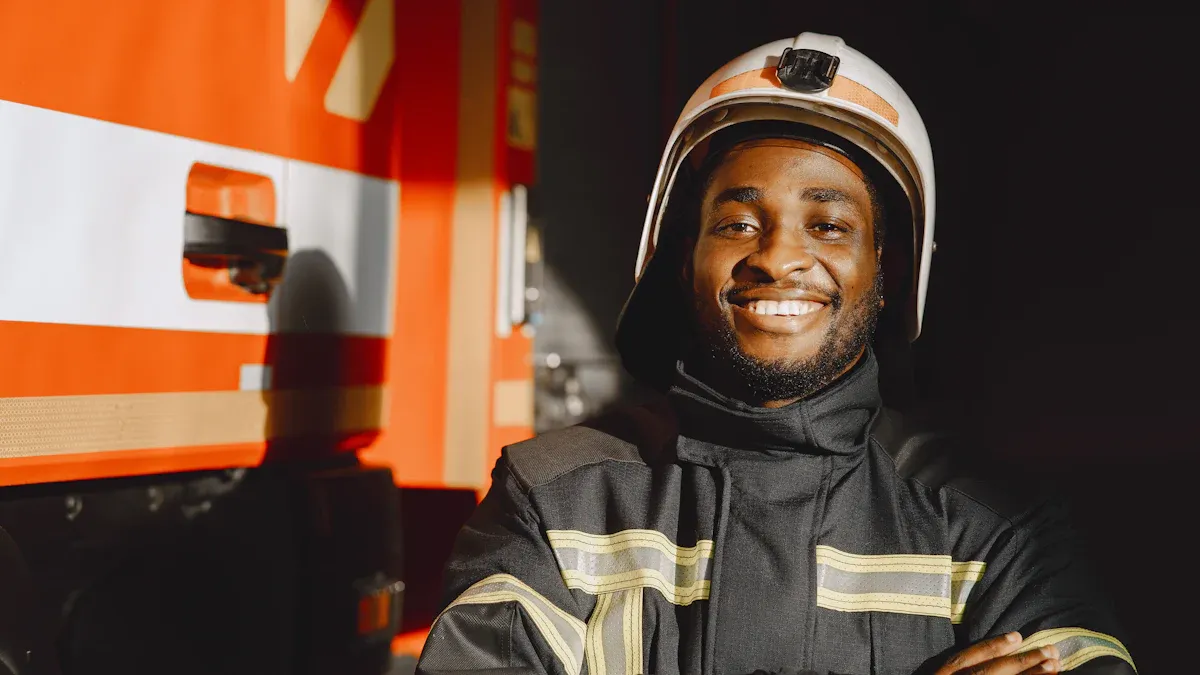
Intelligent Monitoring and Early Warning
Smart technology can help protect remote heritage sites. Intelligent monitoring systems find fire risks before they get worse. Tyee’s solutions use wireless smoke detectors and smart sensors. These work well in old buildings. The devices send alerts right away if they find smoke, heat, or gas leaks. You do not have to change the building to put them in.
Here is how intelligent monitoring helps:
Feature | Description |
|---|---|
Wireless smoke detectors | Give fast fire alerts, which helps spot fires early. |
Smart monitoring | Watches for power problems that could cause fires. |
Easy installation | Simple setup that does not harm old buildings. |
Cloud integration | Puts gas, power, smoke, and video data together for better safety. |
Manual alarms and alerts | Uses sounds and lights to help people leave quickly if there is a fire. |
Combustible gas detection | Turns off gas supply by itself to stop fires from getting worse. |
Instant alerts | Good for places like museums and temples, so people can act fast. |
Early warning systems do more than just make noise. They help you watch for danger and act fast. Using these systems helps everyone know about risks. It also helps local groups, site managers, and visitors work together. This teamwork keeps your heritage site safer.
Note: Check your alarms and sensors often. This makes sure your early warning systems work when you need them.
Remote Control and Cloud-Based Management
You can control fire safety from anywhere with remote and cloud systems. Tyee’s smart fire alarm controllers and cloud tools let you watch your site live. You get alerts on your phone or computer if something happens. This means you can act quickly, even if you are far away.
Remote monitoring has many good points:
Real-time monitoring lets you see sensor data all the time. You know about fire risks right away.
Automated alerts tell emergency services and staff fast, so help comes sooner.
Inter-agency coordination is better because everyone shares the same information. This helps teams work together.
Predictive analytics use old and new data to find patterns. You can spot risks early and plan better.
Wireless detection technology makes these systems stronger. You can use LoRaWAN, Zigbee, NB-IoT, and other wireless tools. These connect sensors over long distances. They work well in places without good roads or power.
Technology | Functionality | Benefits |
|---|---|---|
LoRaWAN | Sends sensor data far with little power. | Works well in remote places. |
Zigbee | Helps wireless fire safety systems talk to each other. | Lets you watch in real time. |
NB-IoT | Connects where there are no wires. | Makes sure things work well. |
Wi-Fi HaLow | Sends fire safety alerts fast. | Gives quick notifications. |
Z-Wave | Connects close devices together. | Makes response faster. |
Bluetooth Low Energy (BLE) | Connects nearby devices for easy monitoring. | Saves power. |
RFID | Tracks equipment and checks if it is ready. | Makes sure tools are ready. |
Wireless and cloud systems are easy to move and set up. You get alerts right away, so you can make choices fast. These systems work well in places that change, like construction sites or heritage areas.
Tip: Use cloud dashboards to watch all your fire safety devices. This helps you find problems early and keep your site safe.
Case Study: Tyee Solutions in African Projects
You can see how technology works in real projects. Tyee worked with partners in Africa to protect a heritage site. The team put in advanced fire alarms, gas extinguishing, and smart evacuation systems. These helped staff find fires early and guide people to safety.
Here is what made the project work well:
The team used wireless smoke detectors and cloud monitoring. This gave fast alerts and easy control.
Smart evacuation systems showed people where to go in emergencies. Exit signs changed direction if the fire moved.
Fire alarm controllers linked all devices. Staff could watch everything from one place.
The system kept the site looking historic. Nothing damaged the walls or artifacts.
The project showed you can use smart fire safety in hard places. Tyee’s technology made things safer, lowered risks, and protected heritage. Local partners liked the system because it was easy and reliable.
When you use advanced fire safety technology, you help save Africa’s history for the future. You also help visitors and staff feel safe.
You can keep African heritage sites safe by checking for fire dangers often. Buffer zones help stop fires from spreading to these places. Good disaster plans tell people what to do if a fire starts. You help a lot when you join training and talk with other site managers. Tyee’s fire safety systems watch sites from far away and fit local needs, so they work well in Africa. You help protect history when you work with local fire departments and care for these sites. Pick trusted solutions and always be ready to keep these places safe.
FAQ
What makes fire safety harder at remote heritage sites?
You face tough challenges like rough roads, few firefighters, and limited supplies. Old buildings often lack modern fire alarms. You need special solutions that work in places with little access.
How can you protect historic buildings without changing their look?
You can use wireless detectors and hidden fire safety devices. These tools fit in easily and do not damage walls or artifacts. Tyee offers non-invasive systems that keep your site’s original style.
Why is community training important for fire safety?
You help spot fire risks early when you learn about fire safety. Training teaches you how to use alarms and what to do in emergencies. Local teamwork makes your site safer.
What does Tyee’s emergency lighting system do?
You see clear exit signs and bright lights during a fire. The system guides you to safety, even in smoke or darkness. Smart signs change direction to show the safest way out.
Can you monitor fire safety from far away?
You can use cloud-based systems to watch your site in real time. Alerts go to your phone or computer. You act fast, even if you are not on site.


